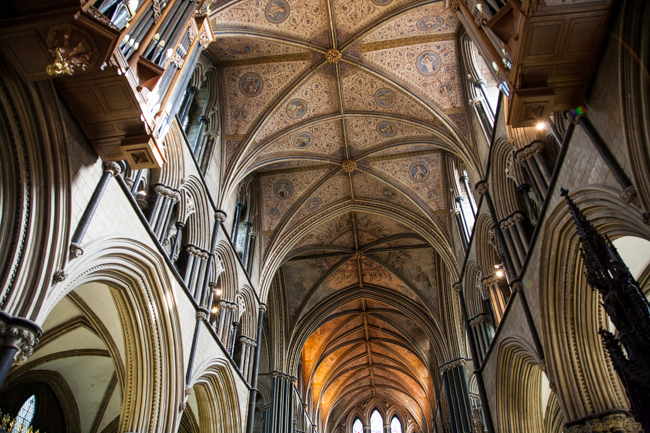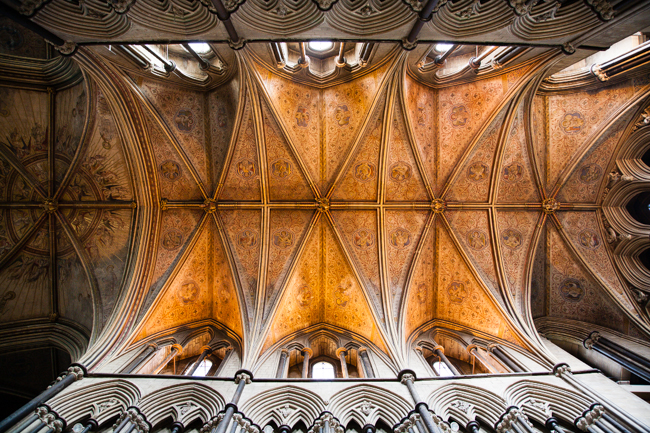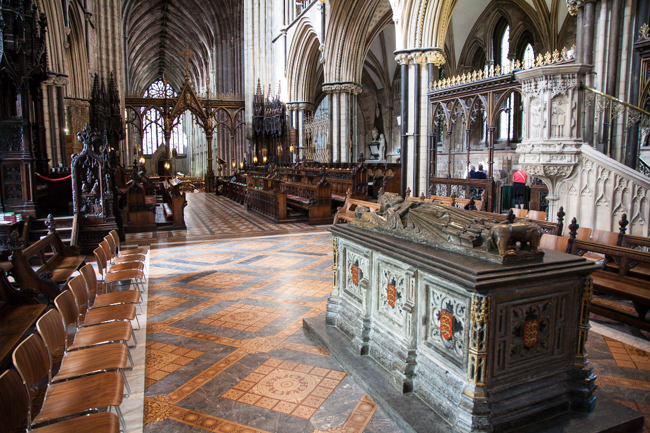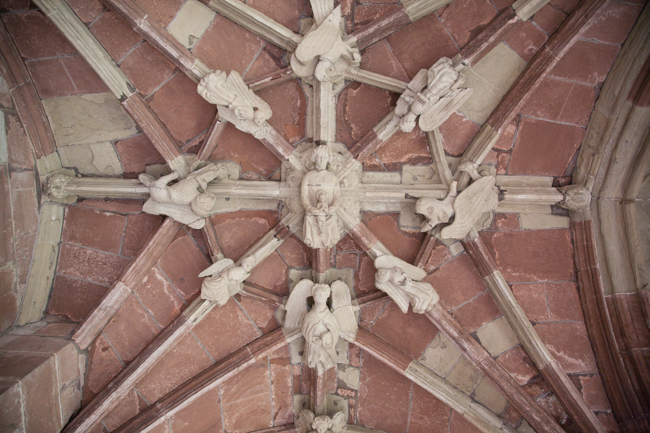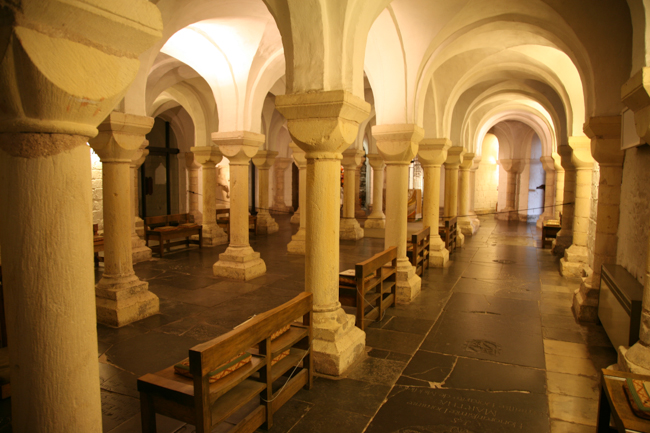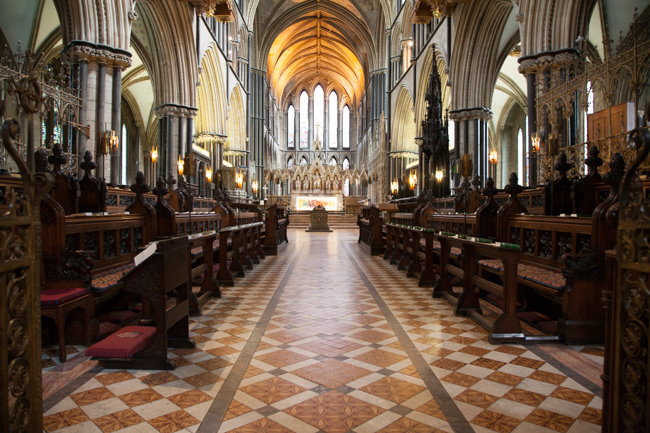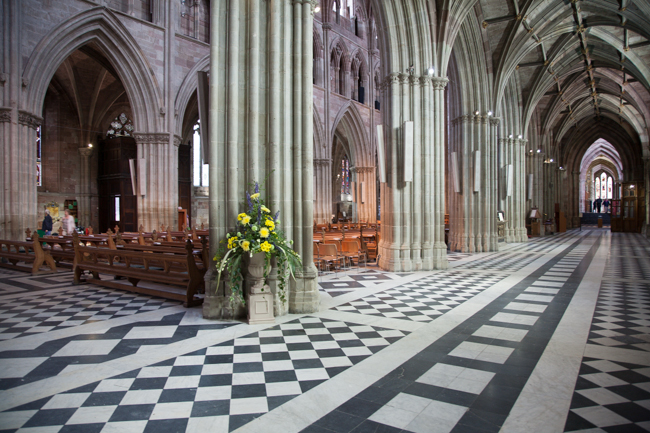Worcester Cathedral
Gothic Splendor
Gothic splendour on the banks of the Severn
Worcester Cathedral has been described as possibly the most interesting of all England’s cathedrals, especially architecturally.
It was founded it in 680. Saint Oswald then built another cathedral in 983, and established a monastery attached to it. Saint Wulfstan, who rebuilt the cathedral in 1084, began the present building. During Anglo-Saxon times, Worcester was one of the most important monastic cathedrals in the country. It was a centre of great learning, which continued into the later middle ages, when Worcester’s Benedictine monks went to university to study a variety of subjects, such as theology, medicine, law, history, mathematics, physics, and astronomy. Some of these medieval university textbooks still survive in the cathedral library today.
The monastery continued until 1540 when Henry VIII dissolved it, and some of the last monks became the first Dean and Chapter. The cathedral was badly damaged in the civil wars, and as a consequence a major programme of rebuilding was required after the Restoration of Charles II.
From the late seventeenth until the nineteenth centuries there were several campaigns to restore parts of the cathedral, but the Victorians from 1864-75 carried out the largest of these.




